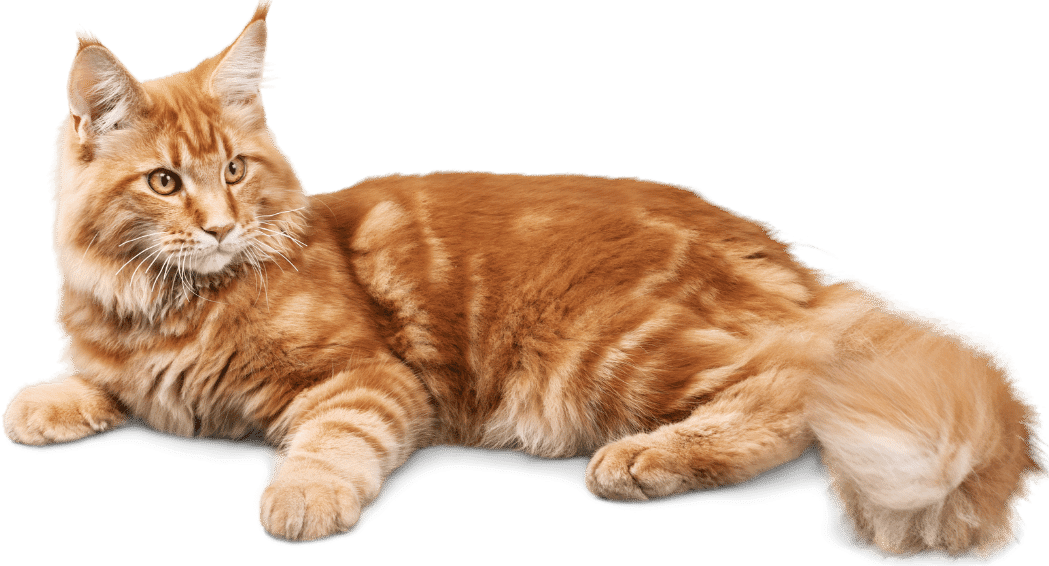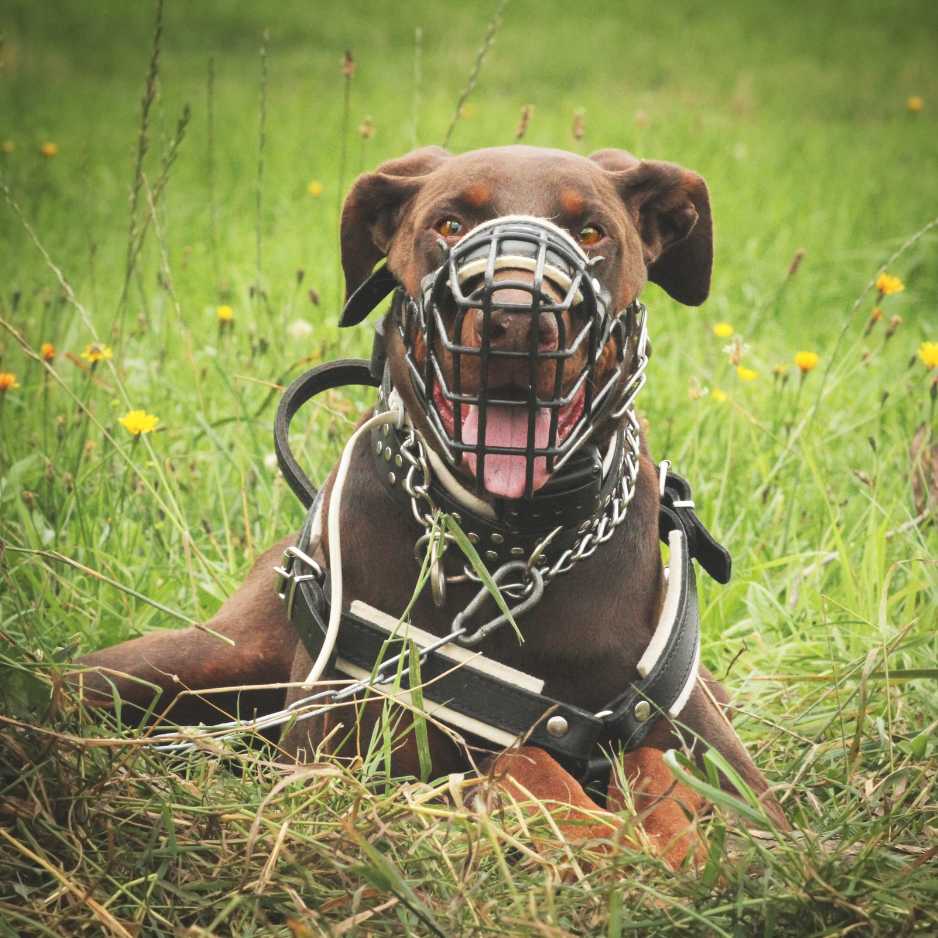In recent years, the Indian government has taken a significant step in banning certain dog breeds that are considered dangerous due to their aggressive tendencies, strength, and high potential for causing harm. While dogs are typically loving and loyal companions, some breeds, when improperly trained or neglected, can exhibit behaviors that threaten public safety. This list of banned breeds aims to prevent dog attacks and protect citizens.
Why Are They Considered Dangerous Dog Breeds?
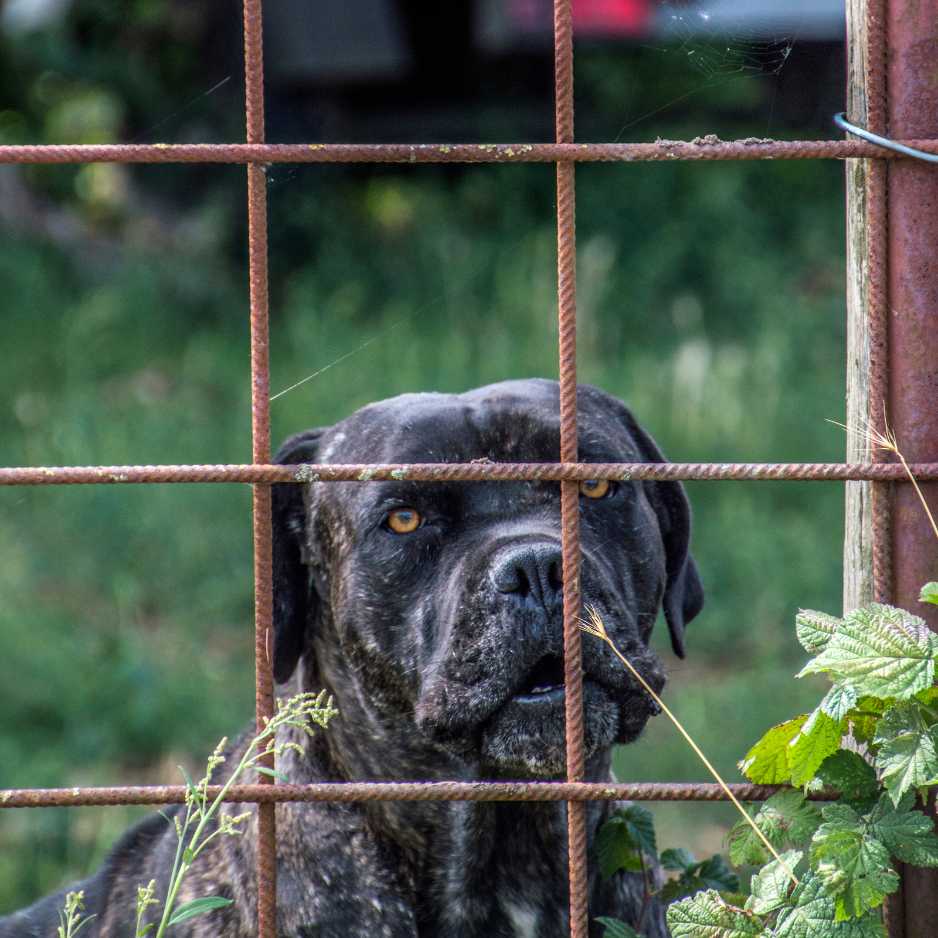
Certain dog breeds are more prone to aggression due to their genetics, history of breeding for fighting or guarding, and their strong protective instincts. These breeds often have a combination of physical power, strong jaws, and a fierce temperament that can lead to serious injuries if they become aggressive. The dogs on this list have been involved in a significant number of dangerous incidents, prompting many governments, including India, to take preventive measures.
Factors that contribute to the danger of these breeds include:
20 Dangerous Dog Breeds Banned By the Indian Government
Pitbull Terrier
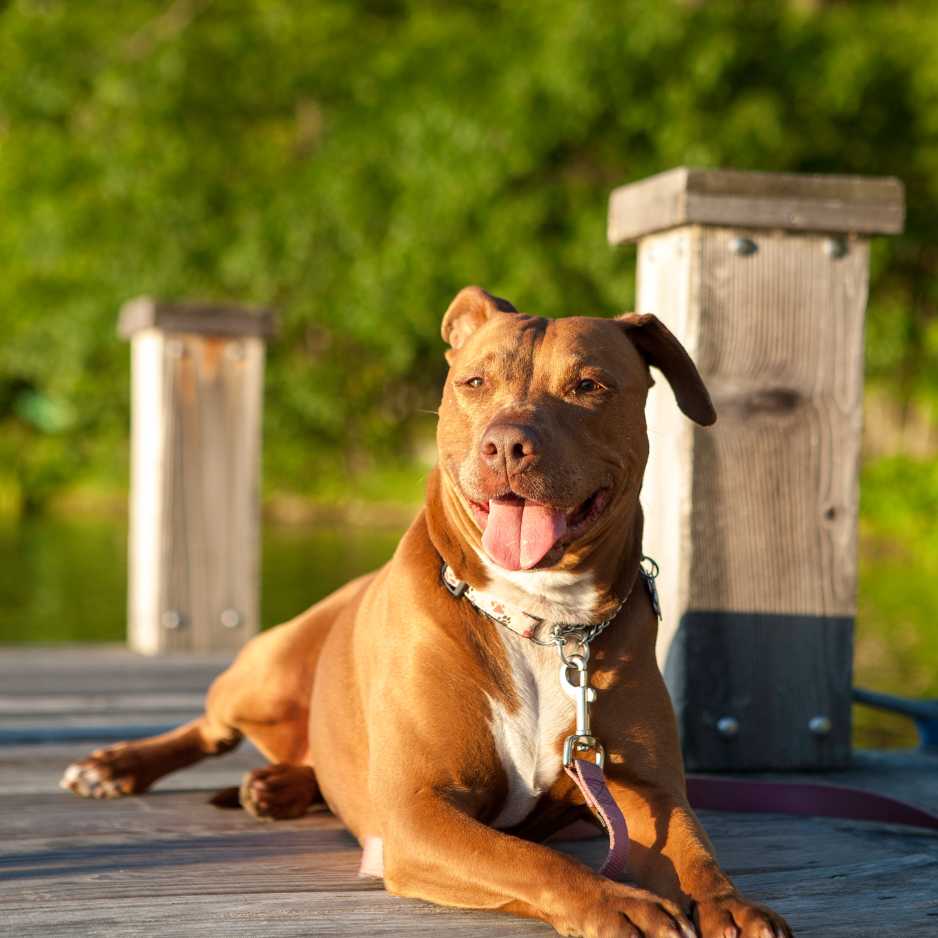
- Weight: 16-30 kg
- Known for their strength and history in dog fighting, Pitbulls have been involved in numerous attacks, often leading to serious injuries or fatalities.
Tosa Inu
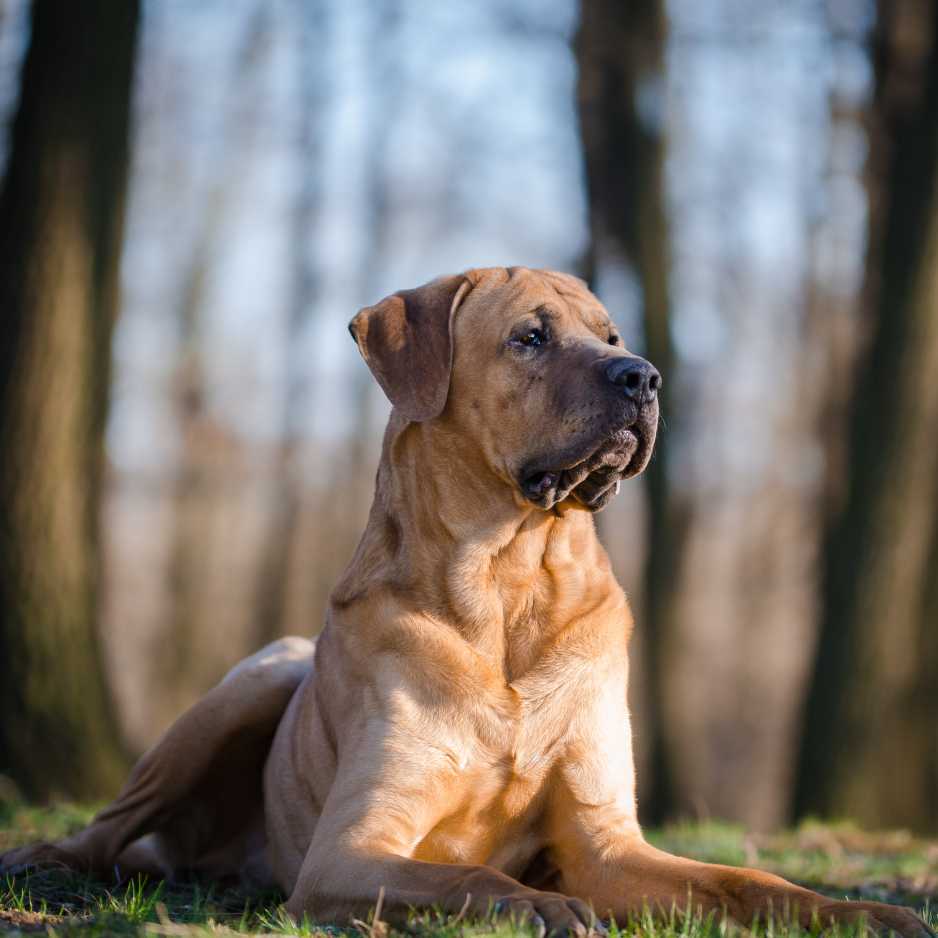
- Weight: 45-60 kg
- Bred as a fighting dog in Japan, the Tosa Inu is powerful and has a reputation for being aggressive and dominant.
American Staffordshire Terrier
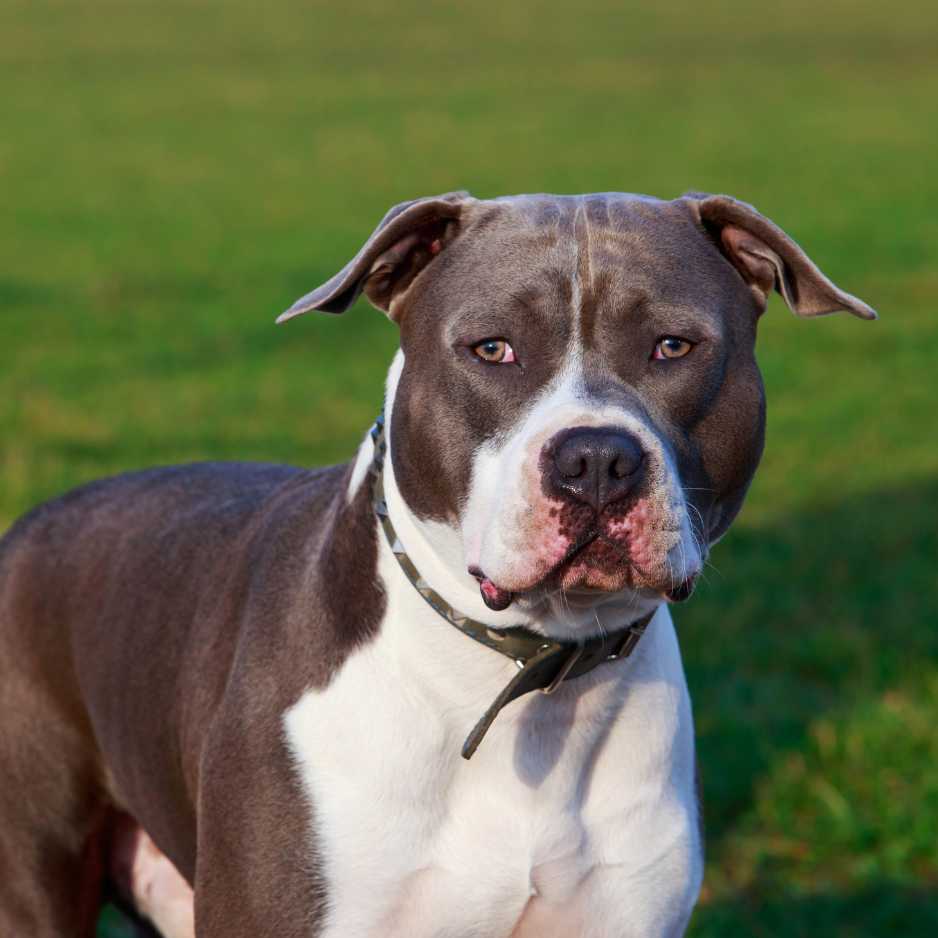
- Weight: 25-30 kg
- Similar to the Pitbull, this breed is strong and muscular, with a high drive to protect its territory.
Fila Brasileiro

- Weight: 40-50 kg
- Originally bred to hunt large game and guard property, this breed is known for its aggressiveness and mistrust of strangers.
Dogo Argentino
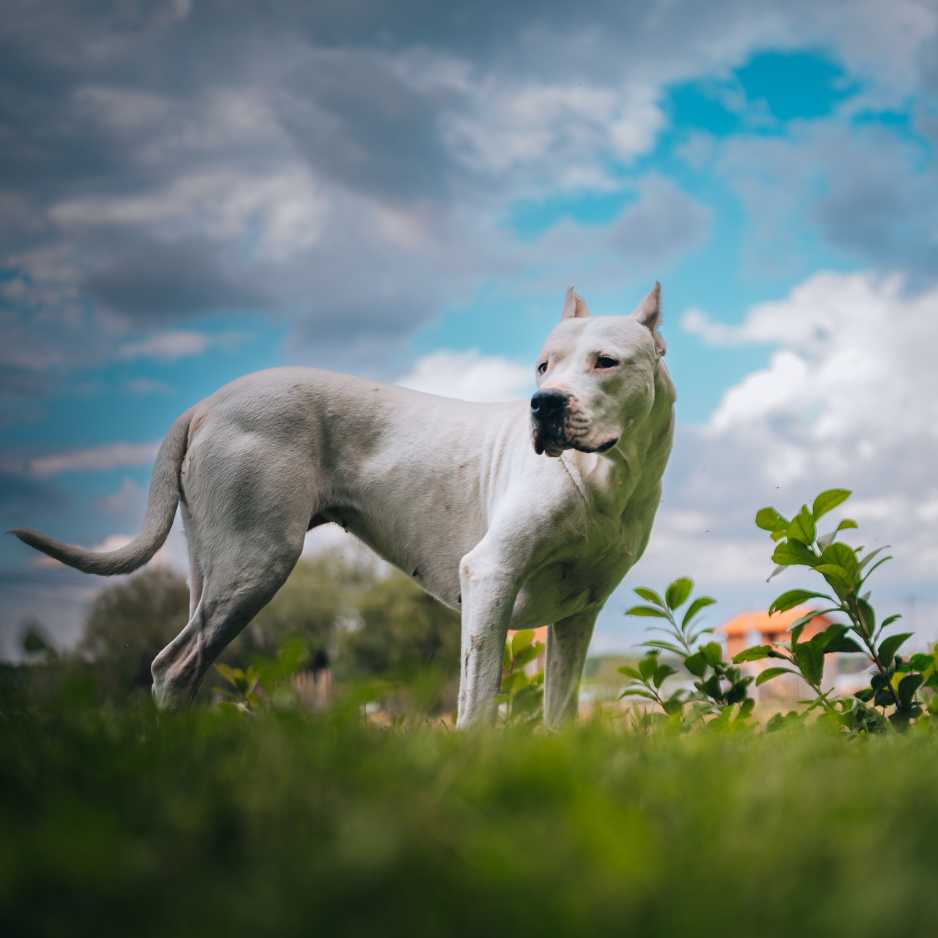
- Weight: 40-45 kg
- Bred for big-game hunting, the Dogo Argentino is powerful and can become aggressive if not properly trained.
American Bulldog
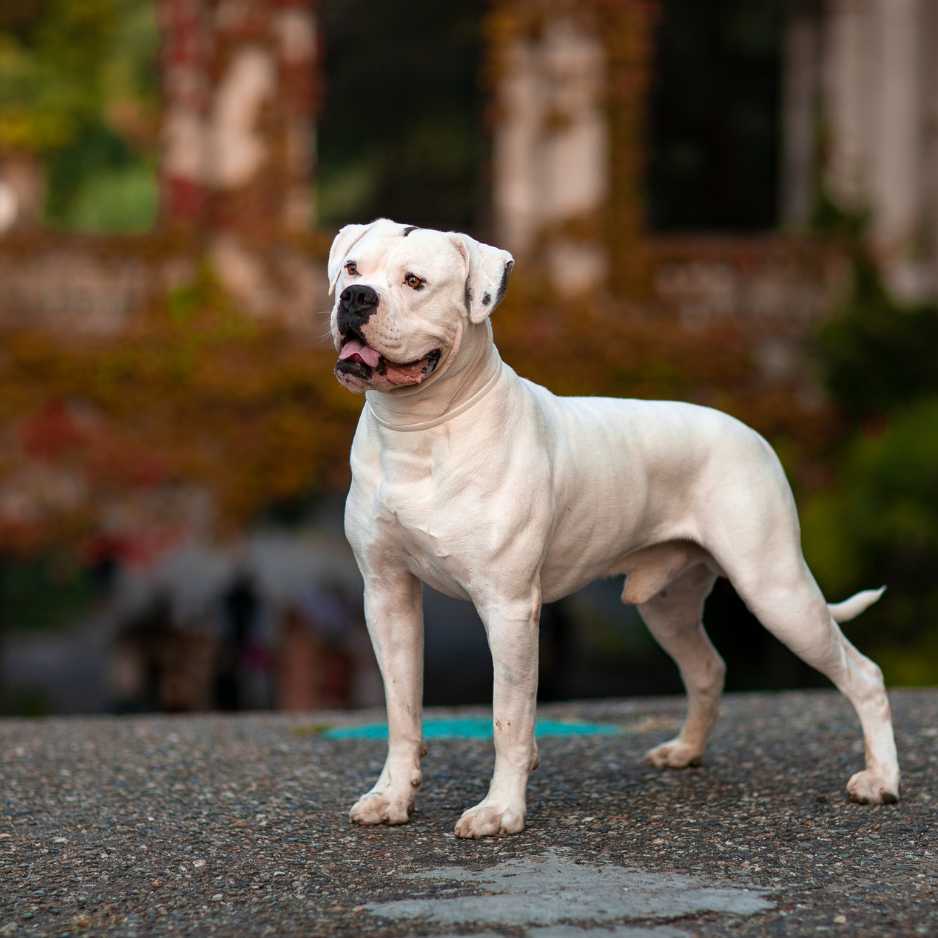
- Weight: 30-58 kg
- With a strong protective instinct and high energy, American Bulldogs have been involved in numerous attacks.
Boerboel
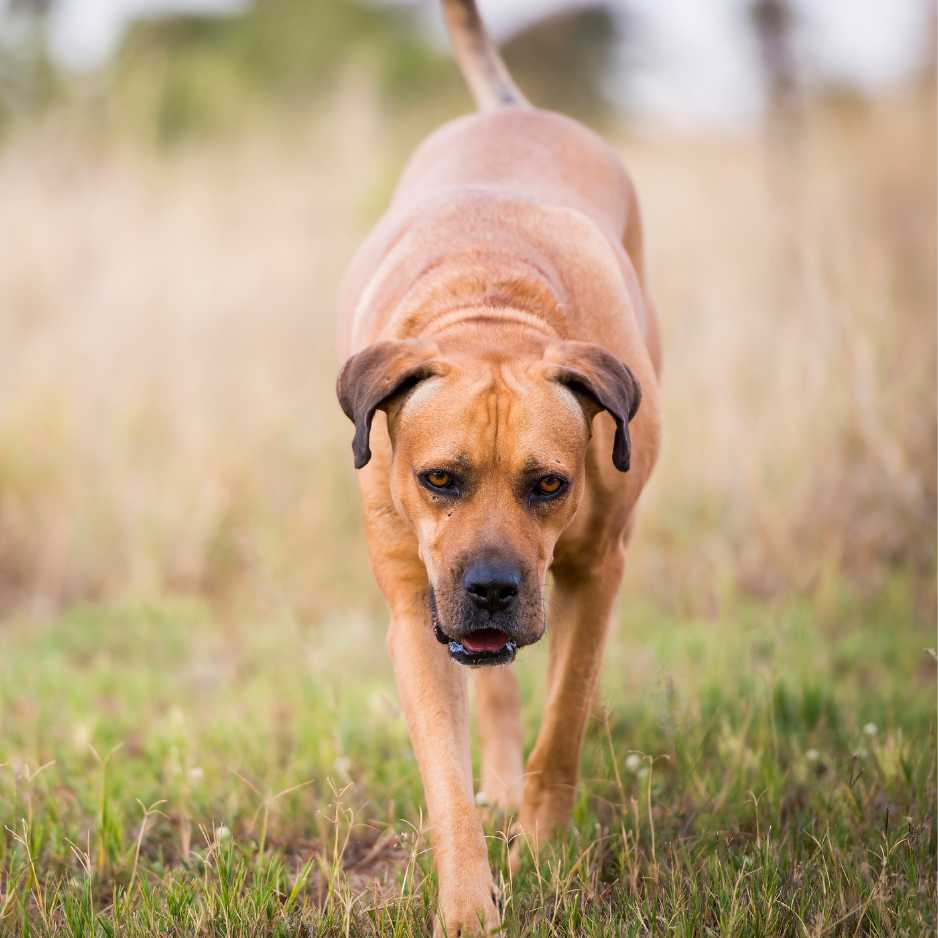
- Weight: 50-90 kg
- Known as a guardian breed from South Africa, the Boerboel is powerful and can become very territorial.
Kangal
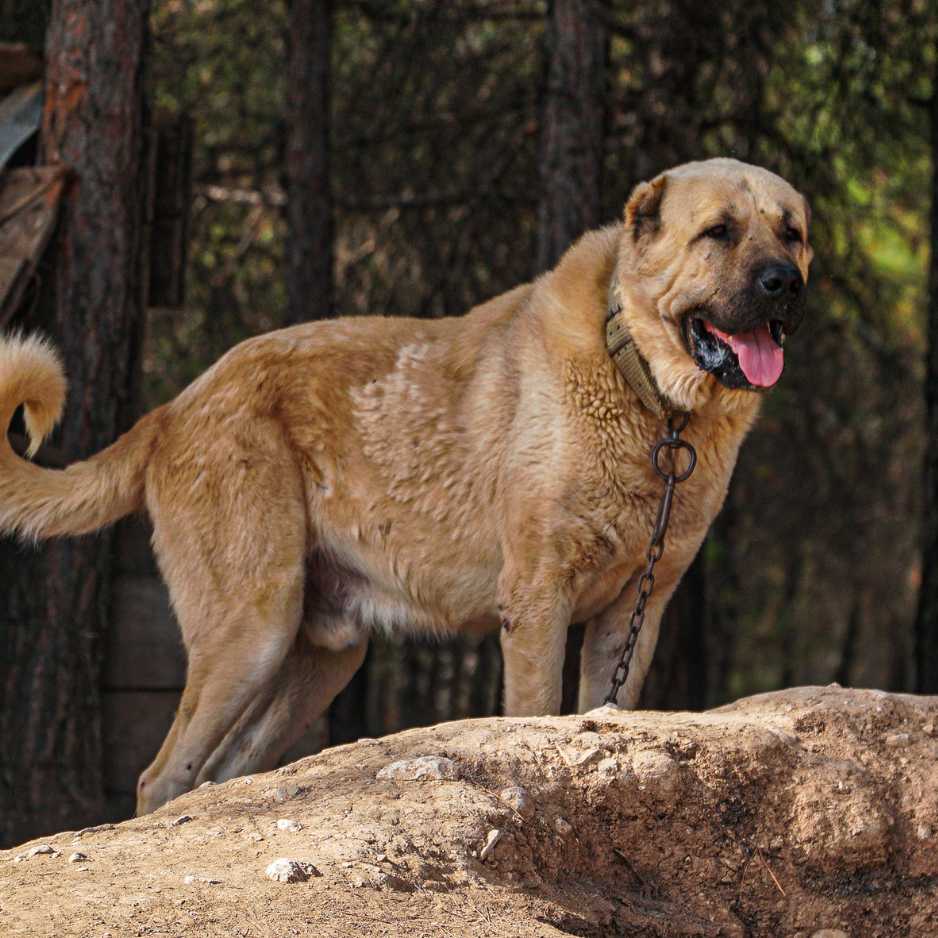
- Weight: 40-65 kg
- Bred to protect livestock, the Kangal is fiercely protective and has one of the strongest bite forces of any dog breed.
Central Asian Shepherd Dog
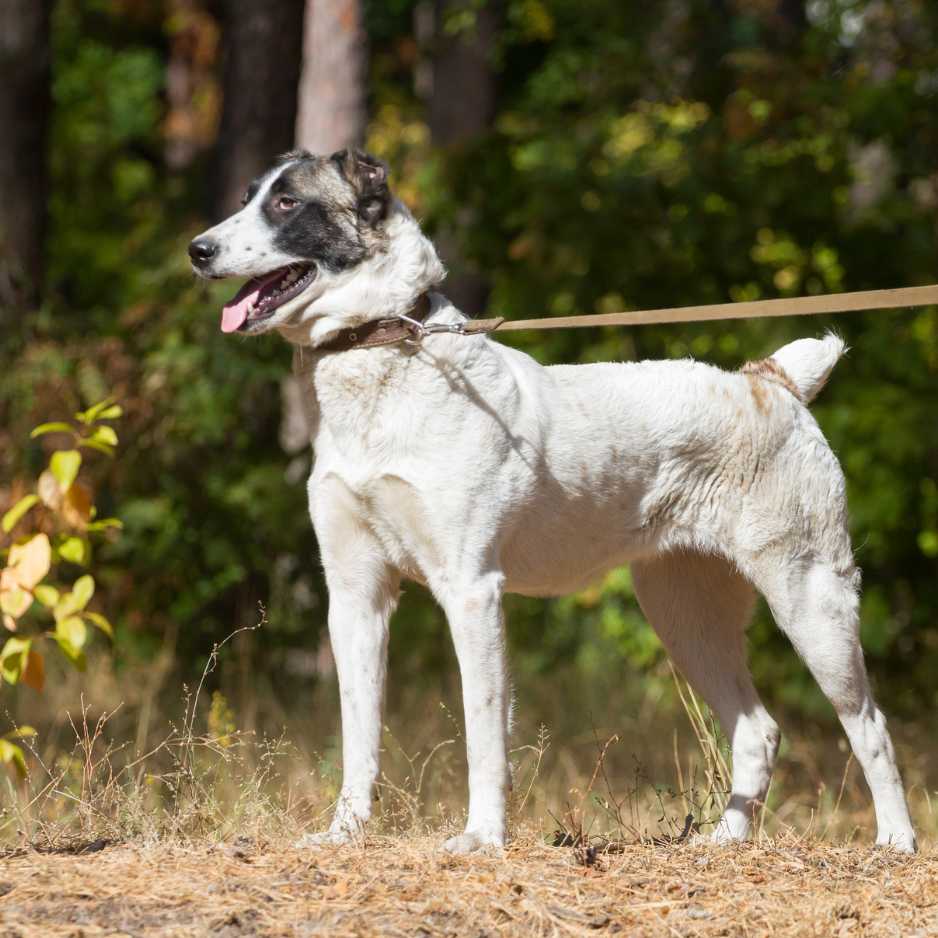
- Weight: 40-80 kg
- Used as a guard dog, this breed can be aggressive toward strangers and other animals.
Caucasian Shepherd Dog

- Weight: 50-100 kg
- A large and intimidating breed often used to protect livestock, it can be aggressive if not properly controlled.
South Russian Shepherd Dog

- Weight: 40-60 kg
- Known for its guarding instincts, this breed can be highly protective and wary of strangers.
Tornjak
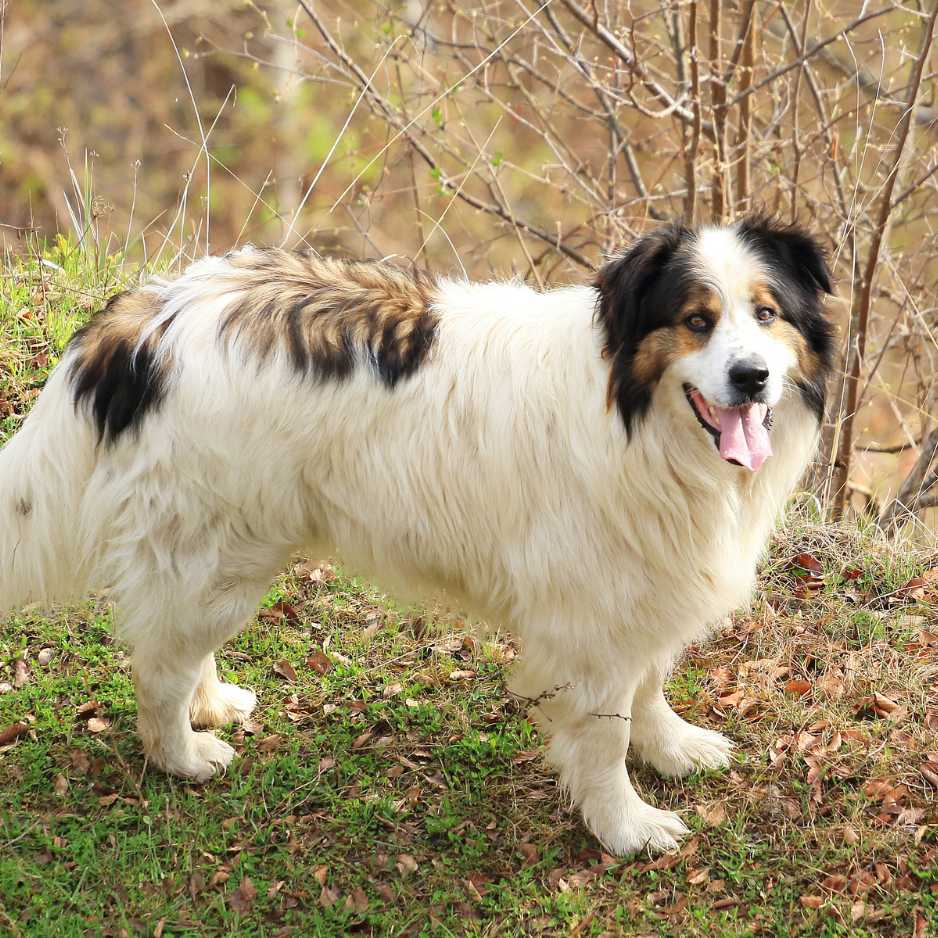
- Weight: 28-50 kg
- A powerful and independent breed, the Tornjak can be aggressive toward threats.
Sarplaninac
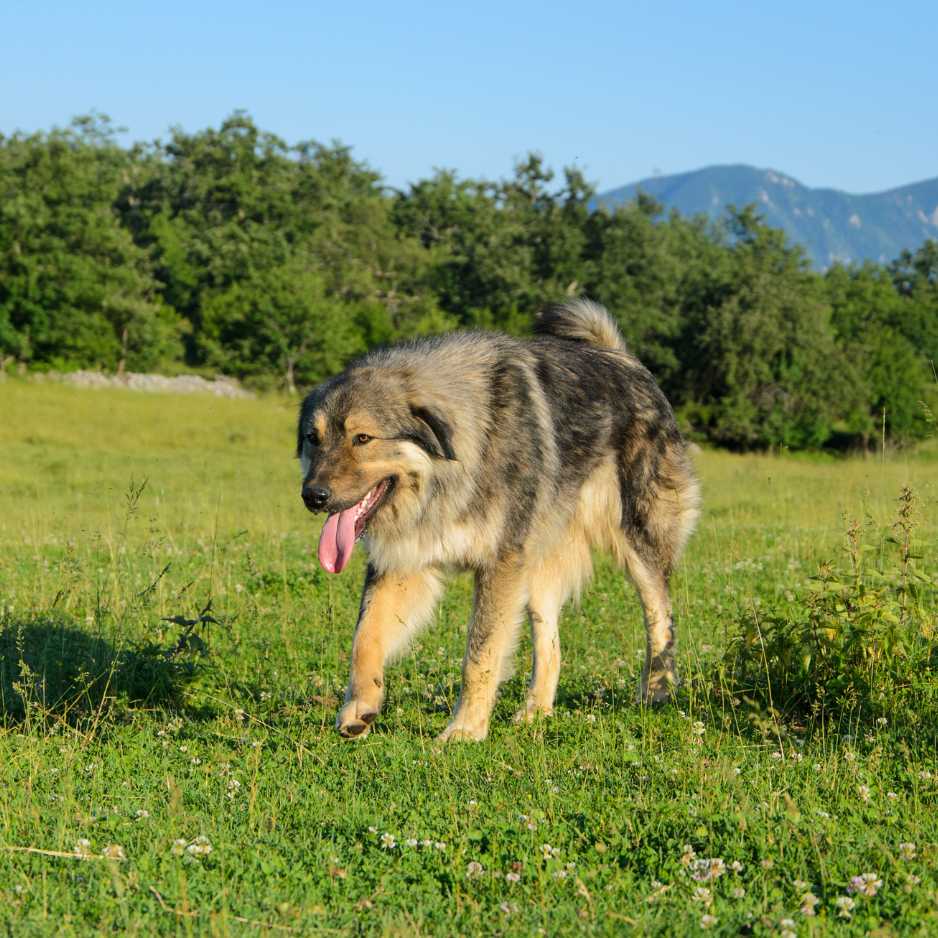
- Weight: 30-45 kg
- Bred to guard livestock, the Sarplaninac is territorial and can show aggression toward intruders.
Japanese Tosa
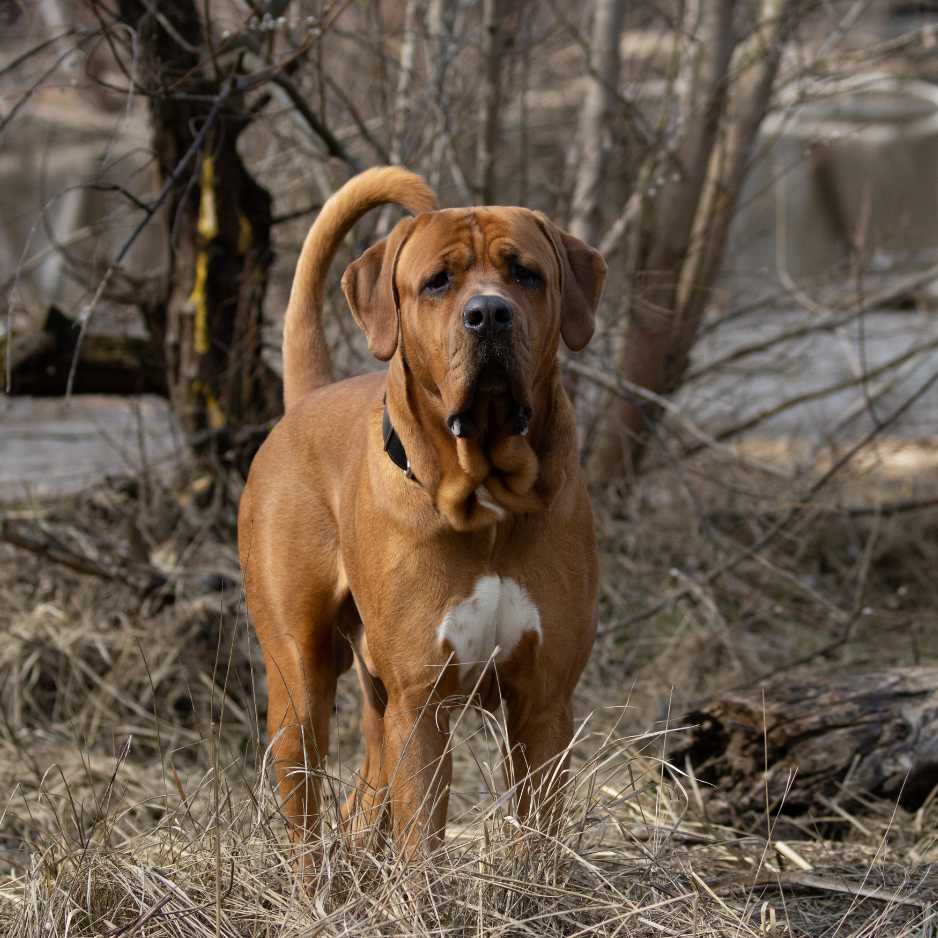
- Weight: 40-60 kg
- This fighting dog breed from Japan is banned due to its history of aggression.
Akita

- Weight: 35-54 kg
- The Akita is a strong and dominant breed that can become aggressive without proper training and socialization.
Mastiffs

- Weight: 54-100 kg
- Various mastiff breeds are banned due to their size, power, and propensity for aggressive behavior.
Rottweiler

- Weight: 35-60 kg
- Known for their protective nature, Rottweilers have been involved in numerous attacks on humans and animals.
Terriers
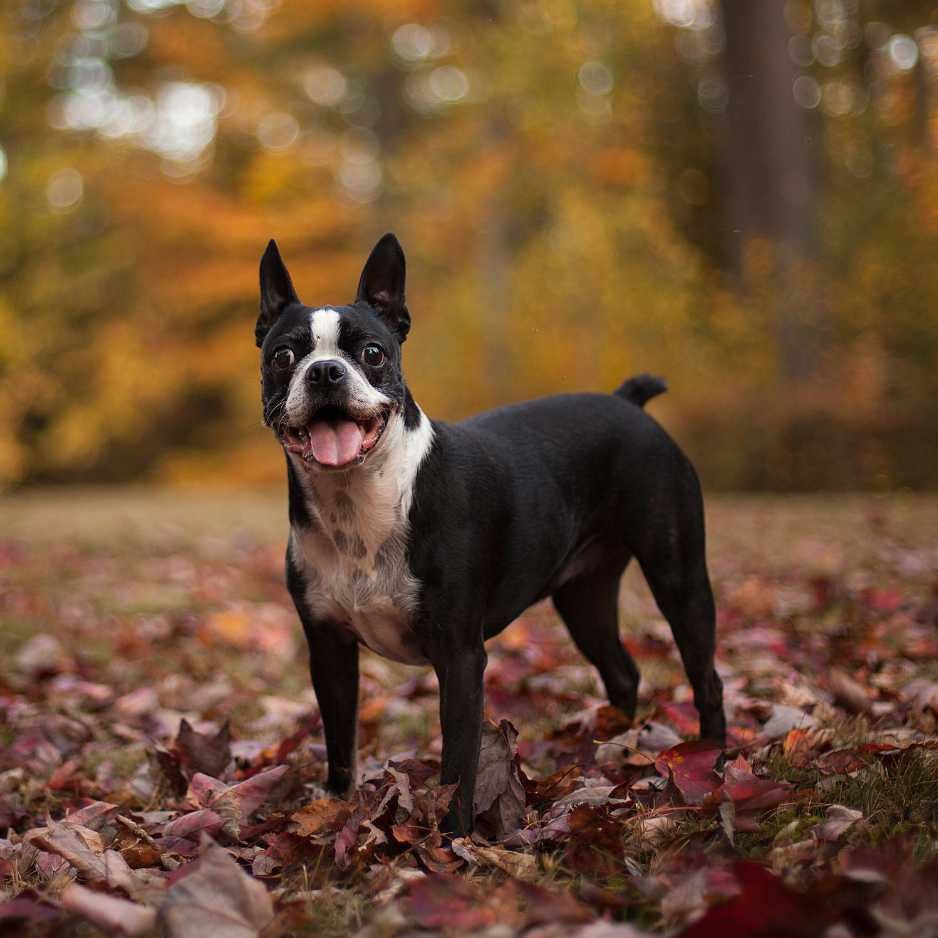
- Weight: Varies by breed
- Certain terrier breeds have been banned for their aggressive tendencies, particularly those bred for hunting and fighting.
Rhodesian Ridgeback
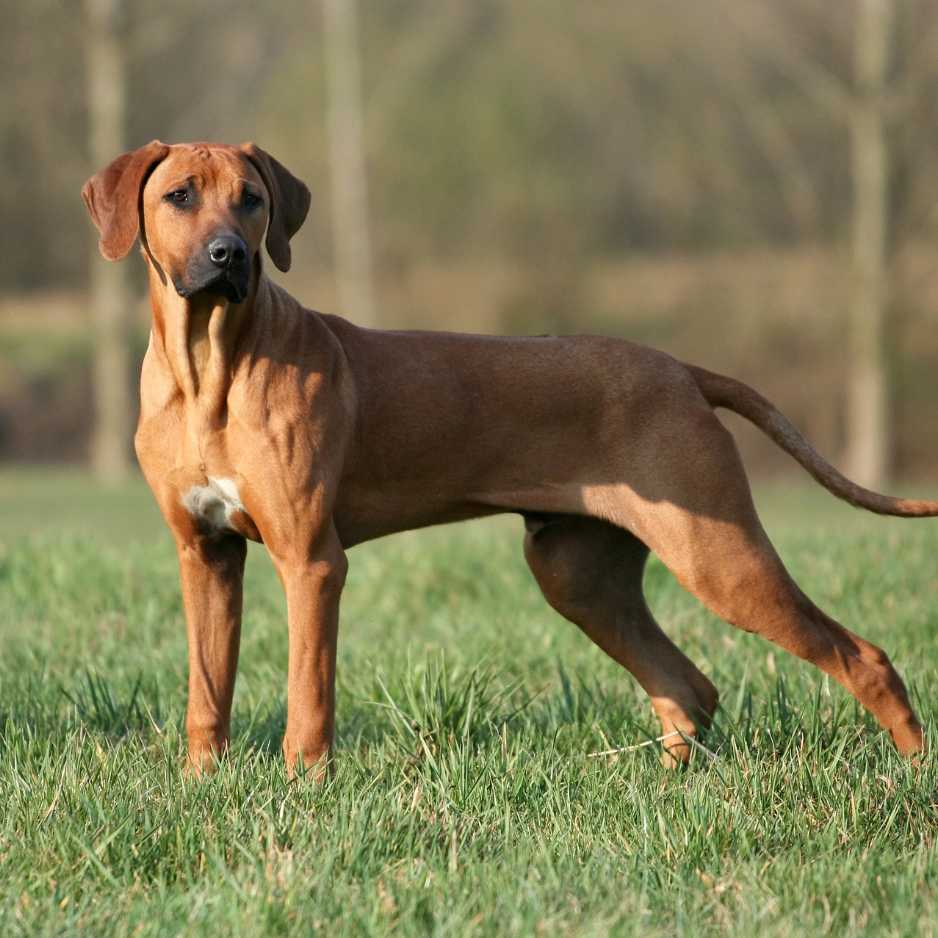
- Weight: 32-36 kg
- Bred to hunt lions, the Rhodesian Ridgeback is strong and can be aggressive when provoked.
Wolf Dogs
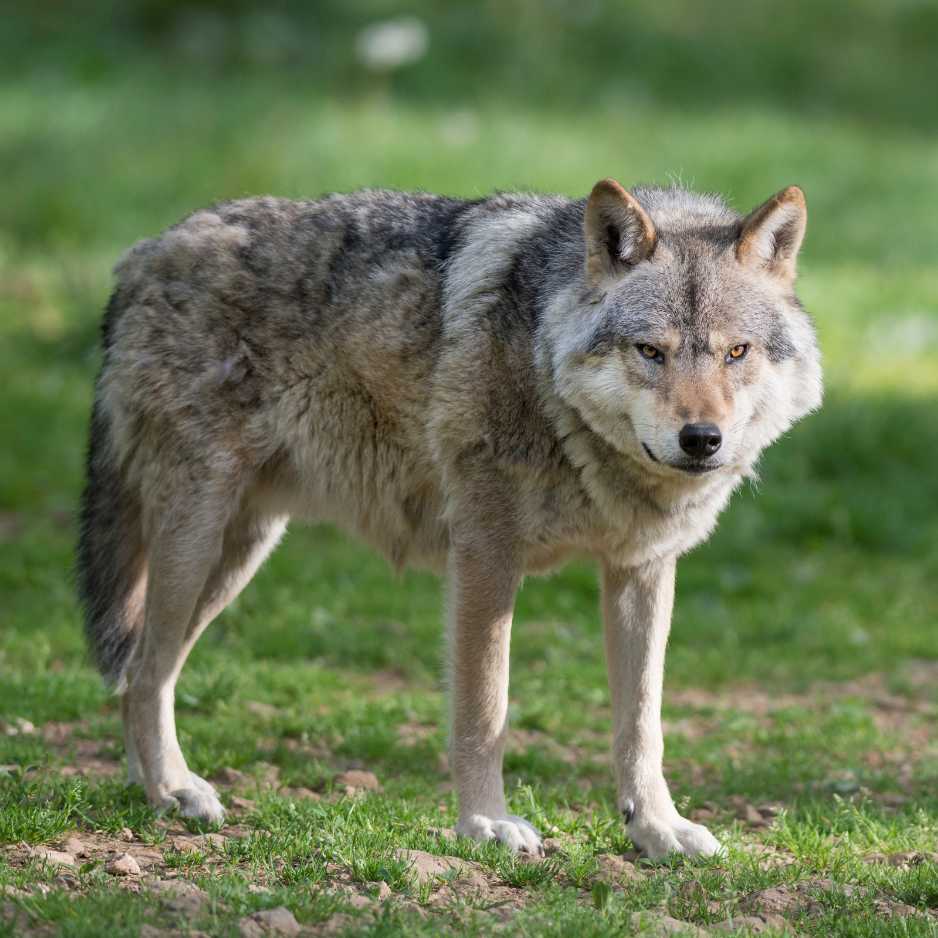
- Weight: Varies by hybrid
- Hybrid dogs with wolf ancestry can exhibit unpredictable and wild behaviors, leading to their ban.
What to Do If You Encounter One of These Breeds
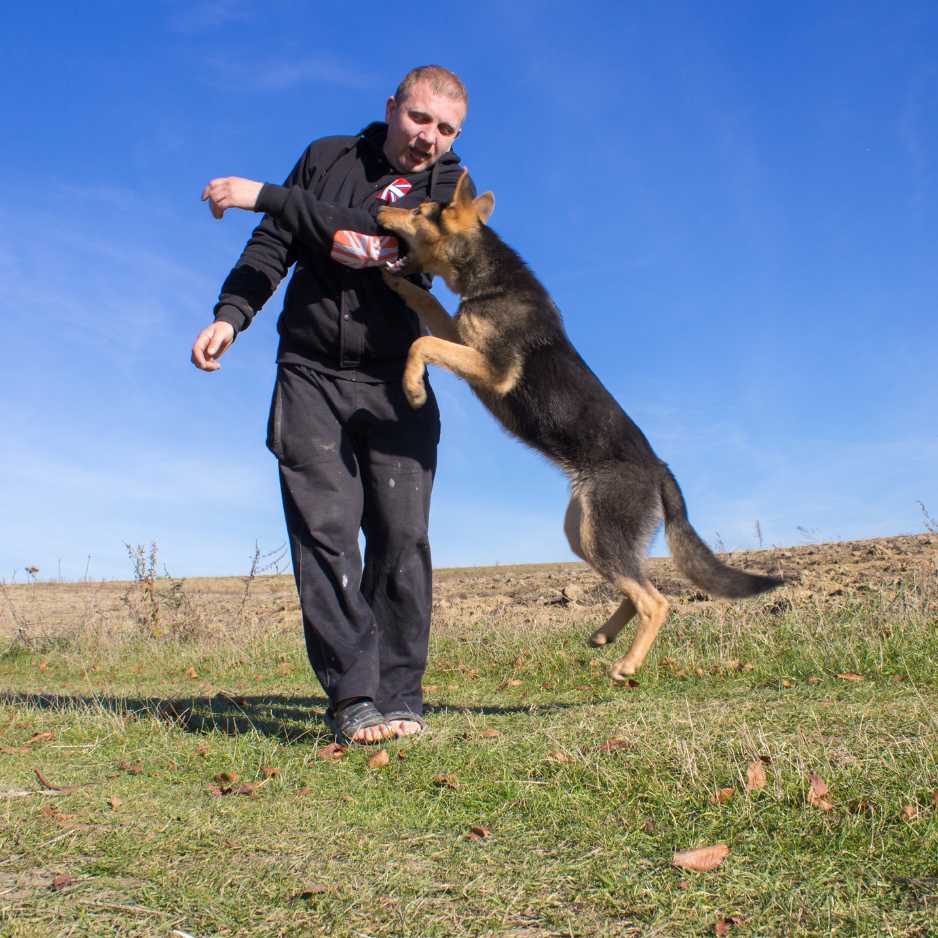
If you ever find yourself facing one of these dangerous dog breeds, it’s important to stay calm and follow a few safety measures:
- Stay Still: Do not run, as dogs may instinctively chase you. Stand still with your arms at your sides or slowly back away.
- Avoid Eye Contact: Direct eye contact can be perceived as a threat, so try to look away without turning your back.
- Use a Barrier: If possible, place something between you and the dog, such as a bag, jacket, or another object.
- Don’t Scream: Loud noises can further agitate the dog. Keep your voice calm and avoid sudden movements.
- Protect Yourself: If the dog attacks, use any available object to shield yourself. Try to protect your face, neck, and hands.
What If You Own One of These Breeds?
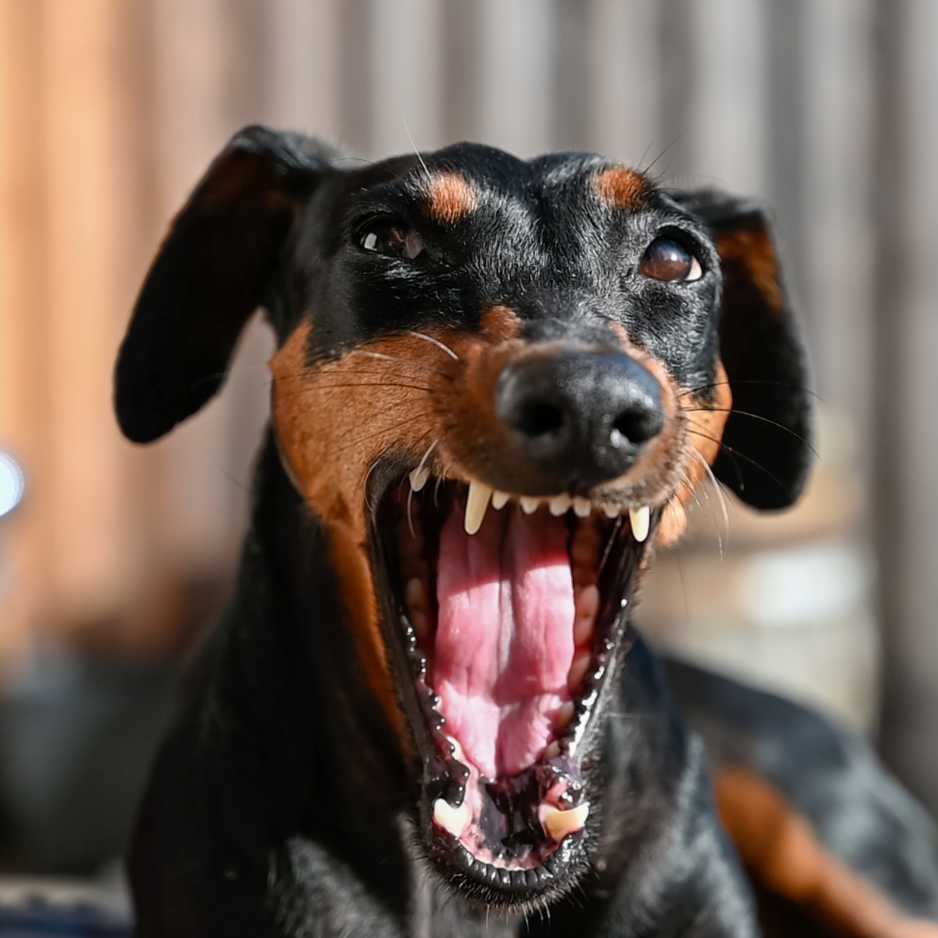
If you own one of these breeds that are now banned in India, it’s crucial to take the following steps to ensure the safety of both the public and your dog:
- Compliance with Local Laws: Check with local authorities regarding the specific regulations for owning a banned breed. Some regions may require registration or impose restrictions.
- Proper Training: Invest in professional training to ensure that your dog is well-behaved, socialized, and controlled at all times.
- Secure Housing: Make sure your dog is kept in a secure environment with proper fencing to prevent escapes.
- Muzzle and Leash: When in public, always use a strong leash and muzzle to prevent any incidents.
- Seek Legal Advice: If your breed is banned, seek legal counsel to understand your rights and the steps necessary to comply with the law.
Conclusion
While these breeds may have a dangerous reputation, it’s important to remember that much of a dog’s behavior is influenced by its upbringing and training. Responsible ownership, proper training, and adherence to legal guidelines can help mitigate the risks associated with these powerful breeds.


